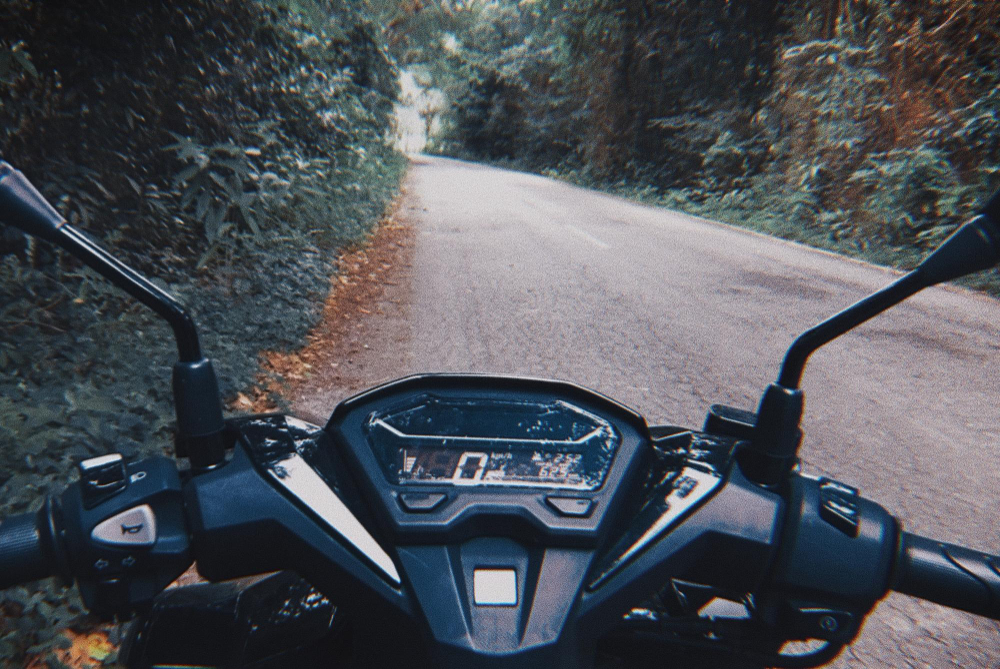Given the Philippines’ heavy traffic and varied road conditions, a motorcycle crash guard is among the best investments you can make for your bike. Your bike can sustain significant damage from a side swipe or a low-speed tip-over, but a good crash guard shields it. In order to keep your motorcycle crash guard in the Philippines strong and safe for many years, follow the instructions in this guide.
Why a Crash Guard Is Essential in the Philippines
On Philippine roads, a minor fall or a side-swipe in heavy traffic is a real possibility. A quality crash guard provides a crucial layer of protection against these common incidents. It prevents the bike from scraping against the pavement, damaging expensive engine casings, fairings, and exhaust pipes. More importantly, it can create a buffer zone in a fall, which stops the bike from trapping or crushing your leg. This small but significant safety feature is not just for the bike but also for the rider, giving you peace of mind whether you’re navigating urban streets or exploring a remote trail.
Common Issues to Look Out For
While crash guards are built to be robust, they are not invincible. Two main issues can affect how long and how well a crash guard works: rust and loose bolts. Understanding these problems is the first step to preventing them.
Rust and Corrosion
Rust thrives in the Philippines’ tropical climate, which includes high humidity, acid rain, and even salt air near the coast. Steel, which is frequently used to make crash guards, rusts easily if its protective coating is damaged. Use-related scratches, chips, or scrapes may expose the exposed metal to moisture, causing corrosion that gradually erodes the guard. This is a frequent problem that must be addressed right away to avoid spreading and causing irreversible harm. The welds or mounting points, where the paint may be thinner, may be where you first notice rust.
Loose Bolts and Vibrations
Your motorcycle is a moving, vibrating machine. Your crash guard’s mounting bolts may loosen as a result of these vibrations over time. You won’t be well protected in a fall by a loose crash guard. Additionally, it may rattle and, in the worst situation, come loose while you’re riding. To make sure that every mounting point is secure, a routine inspection is required. An excessively loose bolt may even put stress on the frame and result in more significant problems.
A Simple Guide to Crash Guard Maintenance
Keeping your crash guard in top condition is a simple process that requires minimal time and effort. Follow these steps for effective, long-lasting protection.
Step 1: Regular Cleaning
After a ride, especially in the rain or on muddy roads, it’s important to clean your crash guard. A weekly wipe-down with a soft cloth and a gentle car shampoo is often enough to remove dirt and grime. For stubborn road grease or oil, a dedicated motorcycle degreaser can be used. This simple step also lets you check the guard for any new scratches or damage. Be sure to dry the guard completely after cleaning to prevent rust from forming.
Step 2: Rust Prevention and Repair
This is the most crucial step for maintaining a motorcycle crash guard in the Philippines. If you spot a scratch or a small patch of rust, don’t ignore it. Clean the area thoroughly, and use a wire brush or sandpaper to gently remove any existing rust. Start with a coarse sandpaper to remove the bulk of the rust, then use a finer grit to smooth the surface. Apply a rust-proof primer, and then use a touch-up spray paint that matches the guard’s color. Apply a few thin coats instead of one thick coat. This prevents drips and gives a smooth, durable finish. Popular local spray paint brands offer a wide variety of colors and are readily available. By sealing the exposed metal, you prevent rust from spreading and maintain the guard’s structural integrity.
Step 3: Check Mounting Bolts
Make it a habit to check the mounting bolts on your crash guard every few weeks. Use a wrench to ensure that they are all securely tightened. It is highly recommended that bolts attached to the engine block be tightened to the manufacturer’s recommended torque using a torque wrench. Overtightening can strip the threads, while undertightening can cause them to loosen. To keep the bolts from loosening, apply a small amount of thread locker, like blue Loctite. Bolts are designed to stay in place even when they vibrate. Lock washers are an additional security measure.
Choosing a Quality Crash Guard
Selecting a high-quality product is the first step in proper maintenance. Look for crash guards composed of durable materials, such as tubular steel, which is lighter and stronger than solid steel. A good powder-coated finish is key for resisting rust. Compared to a basic spray-on paint, it is more resilient and chip-resistant. Verify the consistency and strength of the welds. Above all, make sure the crash guard is made to fit the model of your motorcycle because a badly fitted guard compromises both protection and style. There are many options available in the Philippines, ranging from reputable local fabricators who can create custom designs that are both affordable and functional to well-known international brands.
Key Takeaway
A motorcycle crash guard in the Philippines is an essential accessory for both protecting your bike and giving you peace of mind on the road. By following a simple maintenance routine—including regular cleaning, prompt rust repair, and periodic checks of your mounting bolts—you can ensure your crash guard remains durable and effective. A well-maintained crash guard will not only keep your bike in top condition but will also continue to provide the safety it was designed for, making it a valuable investment in your riding journey.

